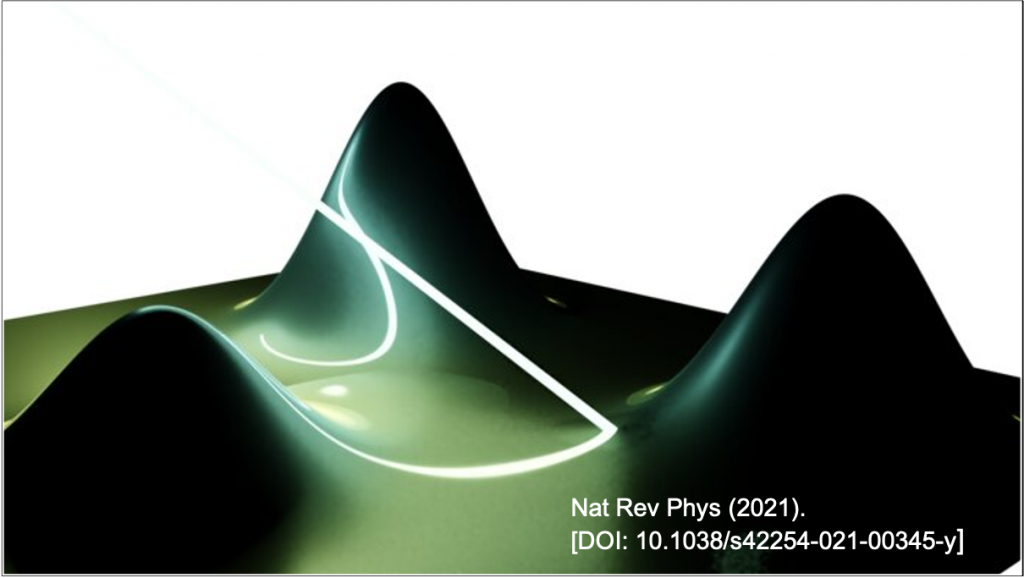How an hours-long imaging experiment can now be completed in minutes.

With gpCAM, an experiment that used to take over 8 hours can now be completed within 30 minutes.
Experimental facilities around the globe are facing a challenge: their instruments are becoming increasingly powerful, leading to a steady increase in the volume and complexity of the scientific data they collect. At the same time, these tools demand new, advanced algorithms to take advantage of these capabilities and enable ever-more intricate scientific questions to be asked—and answered. To make full use of modern instruments and facilities, researchers need new ways to decrease the amount of data required for scientific discovery and address data acquisition rates humans can no longer keep pace with. A promising route lies in an emerging field known as autonomous discovery, where algorithms learn from a comparatively little amount of input data and decide themselves on the next steps to take, allowing multi-dimensional parameter spaces to be explored more quickly, efficiently, and with minimal human intervention.
Related Links
- U.S. Department of Energy BER Highlight: AI Accelerates Autonomous Discovery at DOE Synchrotron and Neutron Facilities
- Berkeley Lab Biosciences: Automating Scientific Discoveries
- Berkeley Lab Computing Sciences: Berkeley Lab’s CAMERA Leads International Effort on Autonomous Scientific Discoveries
- Phys Org News: Berkeley Lab’s CAMERA leads international effort on autonomous scientific discoveries
References
Noack, M.M., Zwart, P.H., Ushizima, D.M. et al. Gaussian processes for autonomous data acquisition at large-scale synchrotron and neutron facilities. Nat Rev Phys (2021). [DOI: 10.1038/s42254-021-00345-y]
